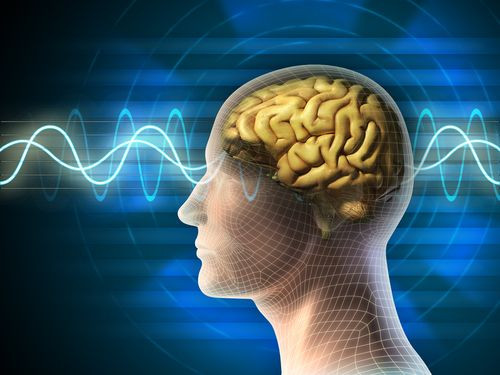Autistic Patients Focus More On Mouth, Less On Eyes To Get Information; Amygdala Activates Different Neurons For Facial Recognition

Why do people with autism focus more on the mouth and less on the eyes to collect and process information? Cedars-Sinai researchers found that a specific type of neuron in the amygdala performed differently in people who suffer from autism spectrum disorder than in those who do not. Their work is published in Neuron.
"Many studies have found that people who have autism fail to focus on the eye region of others to gather social cues and process information about emotions," Ueli Rutishauser, PhD, director of Human Neurophysiology Research at Cedars-Sinai, stated in a press release. "The amygdala – which is critical for face recognition and processing of emotions – is thought to be one of the principal areas where dysfunction occurs, but this is the first time single neurons in the structure have been recorded and analyzed in patients with autism."
Autism and the Amygdala
Autism spectrum disorder (ASD) is a group of developmental brain disturbances that affect social interactions, communication skills, and behaviors in those affected. In a study conducted two years ago at King’s College in London, researchers found patients with an ASD (Asperger syndrome) have significant differences in bulk volume and aging of the amygdala when compared to individuals with typical brain development. Using magnetic resonance imaging, the researchers measured gray and white matter volume of the amygdala and hippocampus in 32 Asperger’s patients, and then compared results to that of 32 control subjects. Additionally, the researchers evaluated possible differences due to age and whole brain size. They found individuals with Asperger’s had a significantly larger raw bulk volume of total, right, and left amygdala, and if they corrected for brain size, total and right amygdala. The researchers also discovered the left amygdala seemed to have increased in volume among the older controls, though not in older individuals with Asperger syndrome.
As evidenced by this King’s College study, the amygdala has been the focus of autism research in the past. In the current study, researchers from Cedars-Sinai worked with colleagues from the California Institute of Technology and Huntington Memorial Hospital in Pasadena to record the firing activity of individual nerve cells in the amygdalae of just two autistic patients as they viewed pictures of faces or parts of faces on a screen. Each face expressed either fear or happiness and the patients were asked to look and then decide which emotion was expressed. Meanwhile, the researchers recorded the play of individual neurons across the brainscape.
Unique Opportunity
How was it possible for the researchers to study the neuron activity within the amygdala for these patients? The two patients suffered from epilepsy as well as autism and had undergone surgery to have depth electrodes implanted in their brains to monitor seizure-related electrical activity. Using an intracranial electroencephalogram (EEG), then, the researchers were able to record each time a neuron became active and fired what is known as an "action potential" – a combined chemical and electrical charge. The researchers were able to witness, in real time, how single cells in the brain of these two patients reacted as they mentally processed a visual image. Next, the research team conducted the same experiment with epileptic (but not autistic) patients who had undergone a similar surgery. Finally, the researchers compared all the recordings and discovered that a specific type of neuron performed atypically in those with autism.
The amygdala, an almond-shape set of neurons located deep in the brain's medial temporal lobe, is the seat of emotion, including fear and aggression. In the amygdala, a subset of neurons fires whenever a person looks at a whole face. Meanwhile, another subset of neurons responds when viewing only parts of a face or single features, such as an eye or mouth. In the two patients with autism, the “whole face” subset of neurons responded similarly to those in control subjects, but the "single feature" subset of neurons were much more active when autistic patients viewed only the mouth compared to when they viewed only the eyes.
"Are there genetic mutations that lead to changes in this one population of neurons?” Ralph Adolphs, PhD, Caltech, and senior author, asked in a press release. “Do the cell abnormalities originate in the amygdala or are they the result of processing abnormalities elsewhere in the brain?”
Whether or not they pursue combined studies of the amygdala and autism, the researchers may wish to continue an investigation of the amygdala. “Until our recent discovery, it was unknown whether the human amygdala contained face-sensitive neurons,” Adam Mamelak, MD, professor of neurosurgery and director of Functional Neurosurgery at Cedars-Sinai, indicated to the press. What can compare to an exploration of the unfamiliar?
Sources: Rutishauser U, Adolphs R, Mamelak A, et al. Single-neuron correlates of atypical face processing in autism. Neuron. 2013.
Murphy CM, Deeley Q, Daly EM, et al. Anatomy and aging of the amygdala and hippocampus in autism spectrum disorder: an in vivo magnetic resonance imaging study of Asperger syndrome. Autism Research. 2011.



























